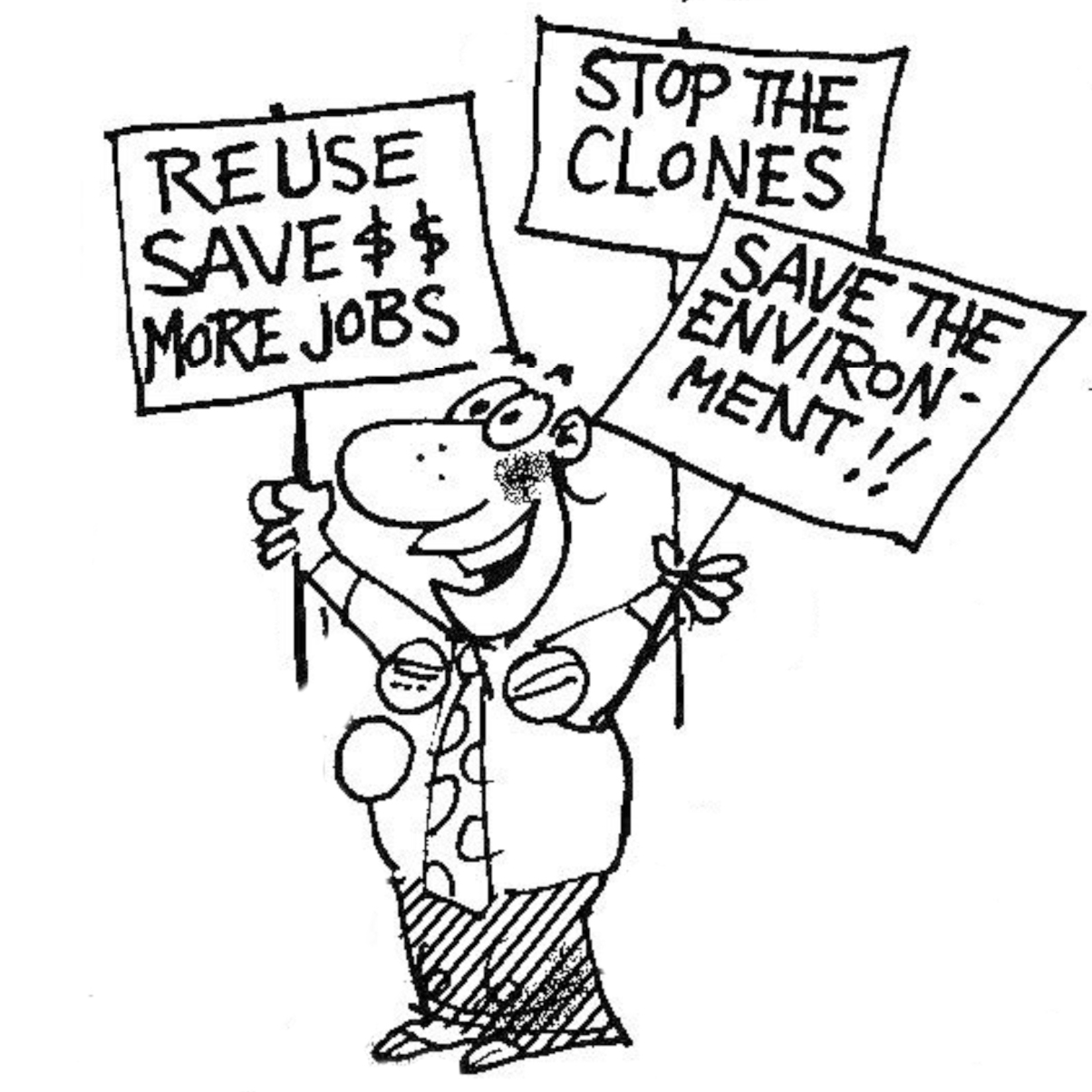Why Right to Repair is Not So Straightforward
Why Right to Repair is Not So Straightforward
 As a cartridge remanufacturer since 1991, I have always argued for the “right to repair.” As I still do. I applauded Tricia’s Judge’s recent call, as the Executive Director of the International Imaging Technology Council (I-ITC), to call on hundreds of remanufacturers in the US to lobby the Federal Trade Commission (FTC) over the matter.
As a cartridge remanufacturer since 1991, I have always argued for the “right to repair.” As I still do. I applauded Tricia’s Judge’s recent call, as the Executive Director of the International Imaging Technology Council (I-ITC), to call on hundreds of remanufacturers in the US to lobby the Federal Trade Commission (FTC) over the matter.
Apart from printer cartridges (which cause e-waste), electronics, automotive, agricultural, household appliances, power tools, and medical equipment industries are most impacted by the right to repair.
Right-to-repair legislation is designed to break manufacturers’ monopoly on the repair market. This would allow consumers to hold on to their old products longer, so they do not throw away used products and buy new ones as quickly. This would reduce the environmental impact by reducing e-waste and new production.
Right?
Well, research published in the journal Management Science refutes this traditional view. The article claims the right to repair legislation may not necessarily be in the community’s or the environment’s best interests.
According to the journal, an economic model was built to analyze manufacturers’ reactions to strengthened right-to-repair legislation. The model considered “Durable goods” such as cars, tractors, refrigerators, and cell phones.
One scenario in the model predicts that a stronger right to repair law could see manufacturers lowering new product prices and flooding the market. This would reduce the appeal of repair because consumers would rather buy a new product at a low price than fix a used one. Lower prices benefit consumers and motivate them to purchase new products more often. This would lead to higher production volumes and, eventually, more e-waste impacting the environment.
Another aspect of the model looked at other products with high production costs. These obviously come with a very high price tag. According to the modelling, manufacturers of such products, wanting to control their markets in a strengthened right-to-repair market, will likely offer free repair services for their customers. They would call this a “value-added” service. The repair service would make the products last longer and increase consumer loyalty.
The journal article argues higher prices hurt consumers but do not necessarily benefit the environment. People might buy fewer new products, but easier repair could lead more consumers to use old, energy-inefficient products, resulting in a higher environmental impact. In this scenario, a stronger right to repair law can create a “lose-lose-lose” situation that compromises manufacturer profit, reduces consumer surplus, and still impacts the environment despite the repair being made easier and more affordable.
Printer cartridges, being consumable, may be a different scenario from that of a refrigerator or motor vehicle. But our industry is reliant on the right to repair across the board.
Related:
Comment:
Please add your comments below about this post, “Why Right to Repair is Not So Straightforward.”











Leave a Comment
Want to join the discussion?Feel free to contribute!